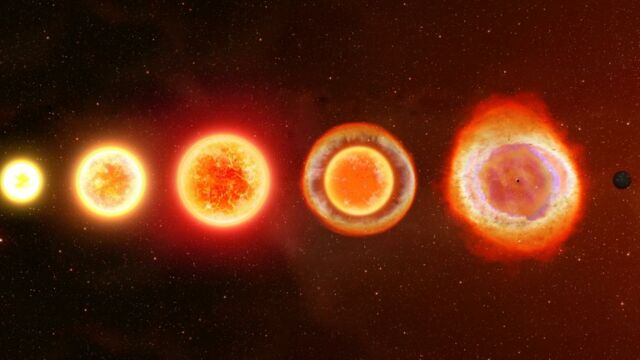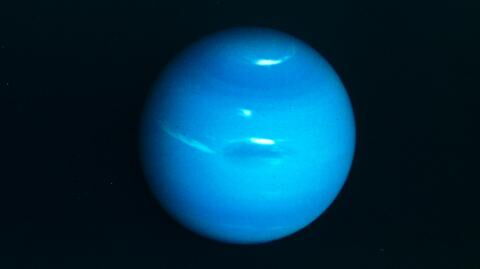The discovery sheds light amongst others about the lifespan of a solar system including our own. A new study published in the Monthly Notices of the Royal Astronomical Society, has documented the discovery of a depleted star systemwhich resembles our own solar system, including planetary compositions similar to those found in our Earth. The study is accessible through the database of academic journals on the website of Oxford Academic.
Discover our latest podcast
‘White Dwarf’
According to the lead author, Abbigail Elms, a PhD Student at the University of Warwick, at the centre of the discovery is a star, similar to our Sun, which is now depleted in what is called a ‘white dwarf’, Futurism reports.
The ‘white dwarf’ of this solar system has been designated the name WDJ2147-4035 and is only 90 light-years away from us.
The discovery of this white dwarf is fascinating in many ways, but mainly because our sun will eventually run out of fuel and also become a white dwarf, thus the remnants of the discovered solar system provide a ‘preview of the fate of our own’.

Planetary debris
Elms has called this a great discovery pointing out how the milky way houses stellar remains of planets which long precede the formation of our Earth.
We're finding the oldest stellar remnants in the Milky Way that are polluted by once Earth-like planets. It's amazing to think that this happened on the scale of ten billion years and that those planets died way before the Earth was even formed.
According to the interpreted data, scientists have concluded that the discovered solar systemdates back 10.7 billion years out of which 10.2 billion years have been in a dead state of cooling off.
Sources used:
-Futurism: ‘Astronomers Find Wreckage Of Destroyed Solar System Right Near Our Own’
-Oxford Academic: ‘Spectral analysis of ultra-cool white dwarfs polluted by planetary debris’















